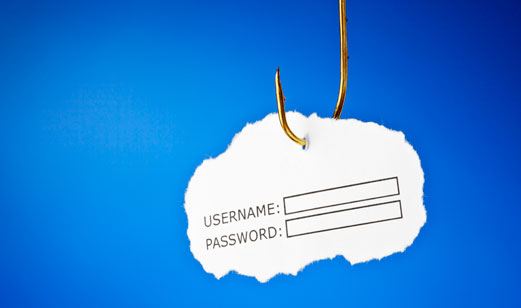Phishing e-mails are certainly one of the oldest methods of infecting a computer with a virus – the rogue mail lands in an inbox and awaits a user clicking on a link or attachment within that leads to a virus being downloaded. According to Verizon, in a new Data Breach investigations report, users are still being hit with, and are opening, a quite large amount of these e-mails.
The report overs around 80,000 incidents of security problems, as well as over 2000 actual cases of intrusion, or a breach, into a company’s network. Verizon say that phishing emails still make up a hefty amount of the problems – with two thirds of electronic espionage being traced back to phishing e-mails.
SEE ALSO: IBM’s Watson To Work With Apple Watch
The figures collected by Verizon are quite impressive, and spell out in very simple terms just how much of a problem phishing still is – in a study of over 150,000 phishing emails by partners in Verizon’s report, roughly 23 percent of recipients take the first step of opening the dodgy mail, with a further 11 percent opening attachments – roughly 1 in 10. Of course, often the attachment is a straight up virus, with no trimmings or special disguises, which installs straight to your PC. Game over.

It’s apparently not just internet mail clients such as Outlook and Gmail being hit – Verizon’s report also shockingly included information that operating system based email clients in large companies were also yielding some hits by phishing. It’s thought that this is how the hackers managed to break into Sony Pictures at the end of last year. Figures also had it that it only takes 82 seconds for someone to fall for a phishing attack after the emails are initially sent out.
SEE ALSO: Wikileaks Publishes Sony Pictures Emails
Okay, so first and foremost we can easily blame old people and the non tech-orientated for these figures, and we may be right in doing so – but the truth is even some of the most savvy user’s fall for the phishing trick. If a dodgy email manages to make it past filters anyone might take a peek inside thinking it’s genuine.
Preventing such problems isn’t all that hard -build your skills at spotting what seems dodgy – if you’re not expecting attachments or personal emails from users, scan, or bin them. if someone calls you the next day and says ‘did you get my e-mail’ reply ‘no, it looked like a virus’. Better to be safe than sorry after all.
Source: Verizon
Via: Gizmodo
